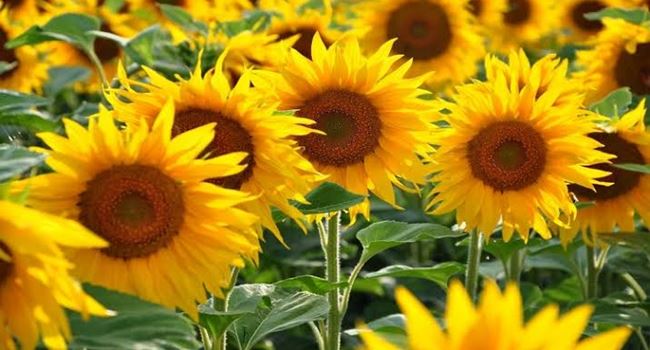News
Researchers create solar energy system inspired by a flowers’ ability to find light

A group of researchers from University of California, Los Angeles (UCLA) have looked to nature to develop a new material that could capture more solar energy than previous technology used over the years.
The research team led by Ximin He, a materials science and engineering assistant professor at UCLA developed an energy system named SunBOTs, which bends toward the sun to harvest solar energy, similar to sunflowers.
The team’s research was published in November in Nature Nanotechnology.
SunBOTs have the potential to harvest double the amount of energy that a stationary solar panel could harvest, He said.
READ ALSO: Microsoft develops cervical cancer diagnosing tool
“We found, on a day like (a) spring and autumn day, (because) we know where the sun is shining on the earth at Los Angeles’ latitude, … we (could) harvest double the sunlight for LA.
“When sunlight shines at oblique or indirect angles, solar energy capture is almost fourfold in SunBOTs compared to solar panels.
“For example, when sunlight shines 75 degrees away from a perpendicular line to the surface, SunBOTs harvest 90% of its energy whereas solar panels just receive 24%,” he added.
Join the conversation
Support Ripples Nigeria, hold up solutions journalism
Balanced, fearless journalism driven by data comes at huge financial costs.
As a media platform, we hold leadership accountable and will not trade the right to press freedom and free speech for a piece of cake.
If you like what we do, and are ready to uphold solutions journalism, kindly donate to the Ripples Nigeria cause.
Your support would help to ensure that citizens and institutions continue to have free access to credible and reliable information for societal development.




















